I tried to find something fun to represent the letter ‘Bb’ for our preschool class and have to say that I am in love with this little bee.
I have to warn you though ~ if you use a foam sheet and a marker, the smudge factor will be involved. Fingertips will be black and marker color will spread like wildfire.
But the result is just so cute!! {dontcha think?}
What You’ll Need:
- Yellow foam sheet or construction paper
- Black sharpie or marker
- Wax paper
- Googly eye
- Black pipe cleaner
- Glue
How to make the ‘B’ Bee:
- Cut an uppercase ‘B’ out of the foam sheet or construction paper. I used a foam sheet that was about 4″ x 5″ in size.
- Cut out two circles from the wax paper to use as wings for your bee. {I used one black, one wax paper so the wings would show up for the pictures}.
- Cut the pipecleaner into two pieces ~ one should be 1/3 of the length of the pipecleaner, the other 2/3 of the length.
- Poke the small pipecleaner through the bottom base of the ‘B’ to use as a ‘stinger’.
- Poke the longer pipecleaner through the upper part of the ‘B’ to use as the bee’s antennae.
- Have your child draw stripes on the B using the marker.
- Glue on the googly eye and wings.


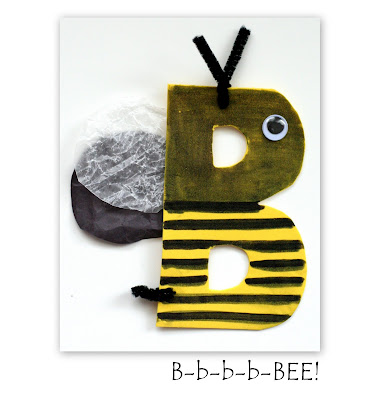




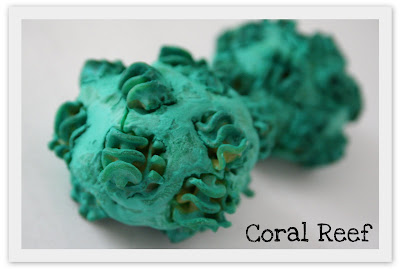

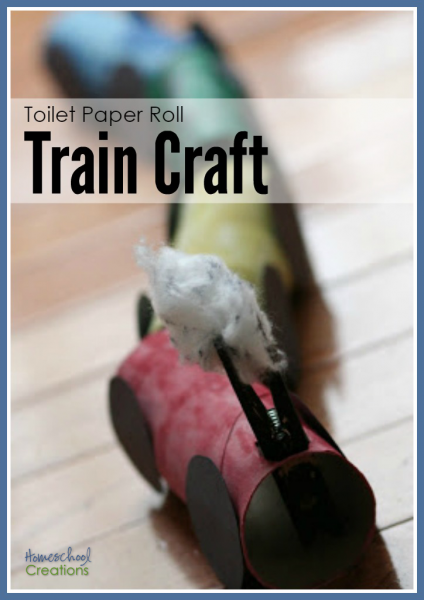

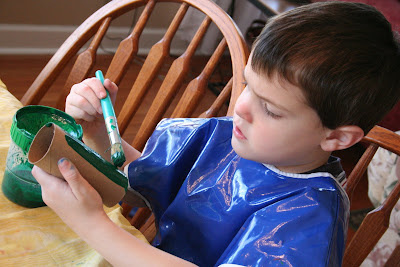
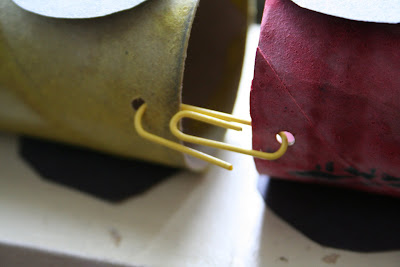

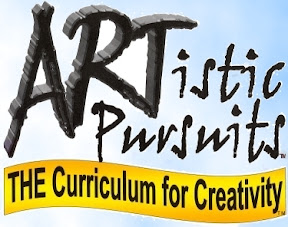
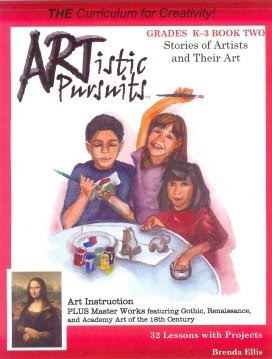
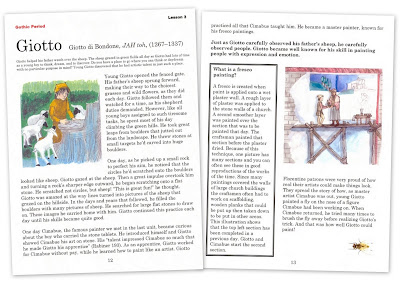

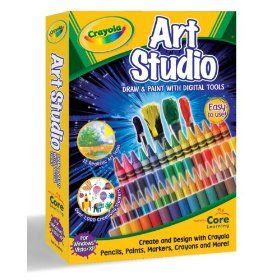
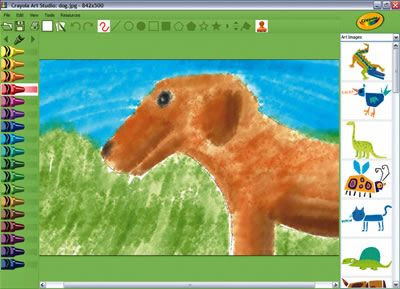





 The printables shared on this site are FREE of charge unless otherwise noted, and you are welcome to download them for your personal and/or classroom use only. However, free or purchased printables are NOT to be reproduced, hosted, sold, shared, or stored on any other website or electronic retrieval system (such as Scribd or Google docs). My printables are copyright protected and I appreciate your help in keeping them that way.
If you download and use some of my printables and then blog about them, please provide a link back to my blog and let me know - I'd love to see how you are using them! Please be sure to link to the blog post or web page and not directly to the file itself. Thank you!
The printables shared on this site are FREE of charge unless otherwise noted, and you are welcome to download them for your personal and/or classroom use only. However, free or purchased printables are NOT to be reproduced, hosted, sold, shared, or stored on any other website or electronic retrieval system (such as Scribd or Google docs). My printables are copyright protected and I appreciate your help in keeping them that way.
If you download and use some of my printables and then blog about them, please provide a link back to my blog and let me know - I'd love to see how you are using them! Please be sure to link to the blog post or web page and not directly to the file itself. Thank you!